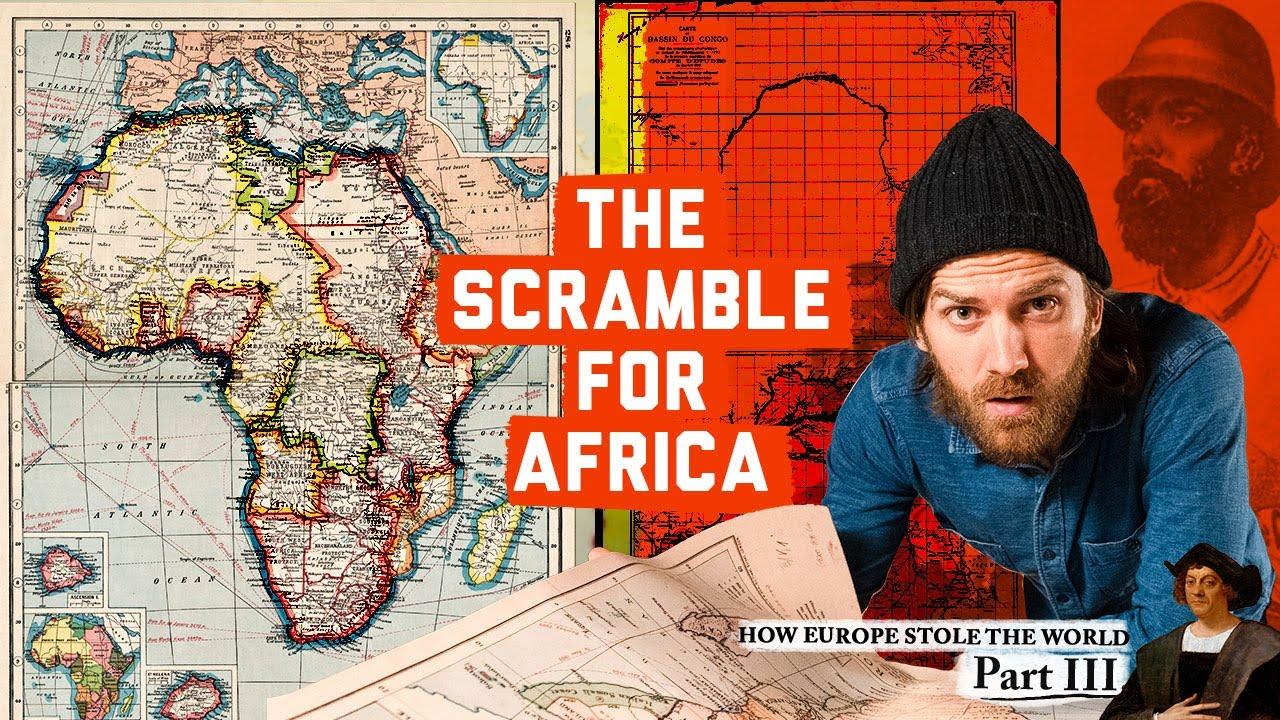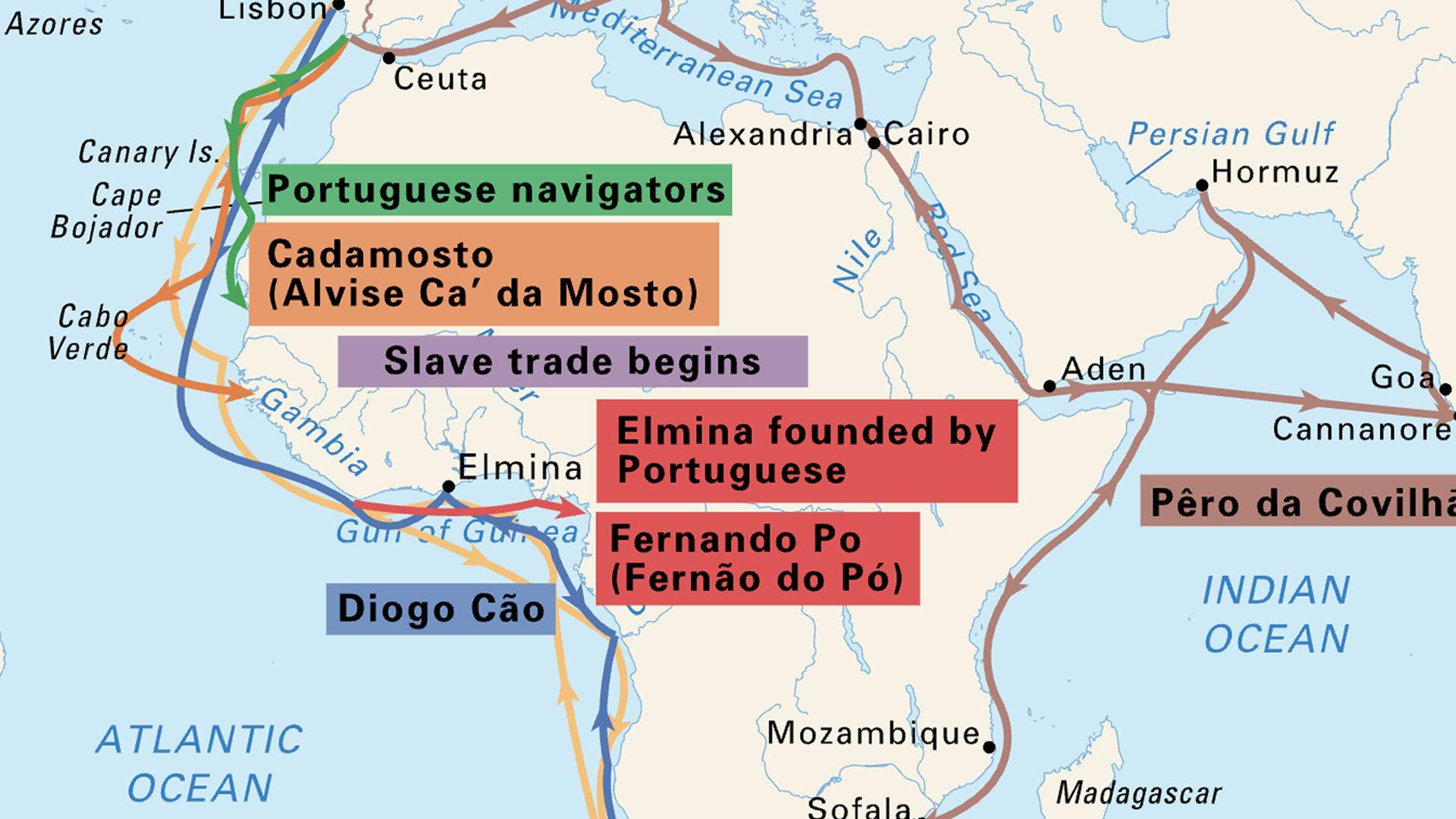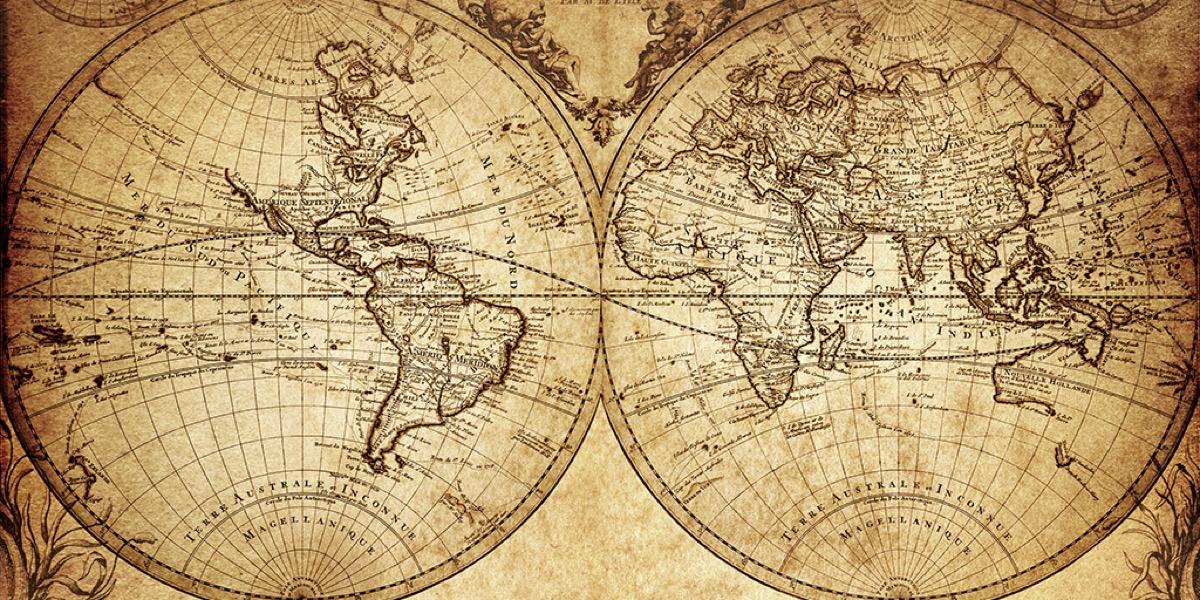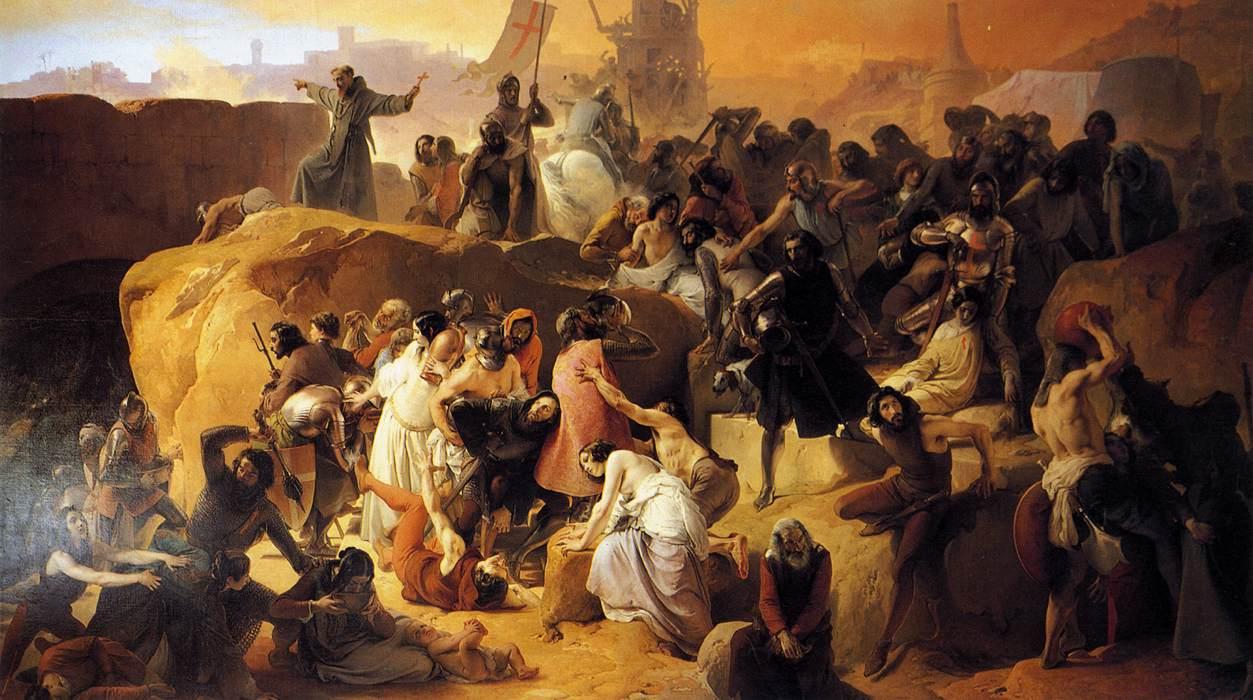
Mapping The Rapid European Conquest of Africa
In a world where modern boundaries and nations seem as if they’ve been etched into the Earth’s crust since the beginning of time, it’s easy to forget that a mere century ago, the map of our planet looked unrecognizably different. It’s time to unfold the pages of history and retrace the contours of a period marked by seismic shifts—shifts that have left indelible marks on the political, social, and economic fabric of nations across the globe. Today on our blog, we delve deep into the rich and complex narrative that is the ‘Rapid European Conquest of Africa,’ a subject so engrossing it could easily be mistaken for the plot of an epic novel.
This tale, however, is no fiction. It’s the true recounting of a hundred-year whirlwind that saw Europe—once a relatively isolated set of kingdoms and territories—transform into a colossal titan wielding influence over 84 percent of the world by the dawn of the First World War. The crux of this transformative era rests heavily on the African continent, a vast and diverse land that had not yet succumbed to the prevalent European carvery of territorial acquisition.
Our guide through this historical odyssey is a YouTube video bearing the same title as this post, an engaging piece of storytelling that breathes life into the maps and charts central to understanding this transformative epoch. As we parse through the narrative, we’ll examine how an amalgamation of technological advancements, new ideologies, and the relentless pursuit of profit and power by European empires set the stage for a wave of imperialism—the likes of which the world had never seen. It’s a story of lands coveted and seized, of traditional ways of life upended by commerce and conquest, and ultimately, of an age that irrevocably paved the way for the modern state of our world.
So, settle in and prepare to explore a pivotal chapter in our collective history—where intricately-drawn maps do more than delineate territories, they tell the tales of nations and the people within them, willingly or not, drawn into the grand and often ruthless game of empire-building.
The Unforeseen Acceleration: Understanding the Rapidity of European Expansion into Africa

Introduction
Welcome back to Roots Afrikiko’s blog, where we delve into the latest YouTube videos that celebrate African cultural heritage. Today, we’re excited to explore a captivating video on the Roots Afrikiko channel that highlights the traditional dance forms of the Yoruba people in Nigeria. Join us as we uncover the mesmerizing movements, rhythmic beats, and rich cultural significance of these dances.
Body
In this insightful video, viewers are taken on a visual journey through the vibrant world of Yoruba dance. The Yoruba people, known for their colorful attire and energetic performances, showcase a variety of dance styles that reflect their deep-rooted traditions and beliefs. From the graceful movements of the Gelede dance to the dynamic rhythms of the Egungun dance, each dance form tells a unique story and holds special meaning within the Yoruba community.
One of the most striking aspects of Yoruba dance is its strong connection to spirituality and ancestral worship. Many of the dances are dedicated to honoring deities, ancestors, and spirits, serving as a form of communication with the divine. The intricate choreography and elaborate costumes worn during these performances are a testament to the reverence and respect the Yoruba people hold for their cultural heritage.
As viewers immerse themselves in the mesmerizing sights and sounds of Yoruba dance, they’ll gain a deeper appreciation for the artistry and symbolism behind each movement. Through this video, Roots Afrikiko aims to celebrate and preserve the rich cultural traditions of the Yoruba people, inviting viewers to learn more about the fascinating world of African dance.
Conclusion
the video on Yoruba dance provides a captivating glimpse into the cultural heritage of one of Africa’s most vibrant and dynamic communities. We hope that this blog post has shed light on the beauty and significance of Yoruba dance, inspiring viewers to explore more of the diverse and rich traditions that make up Africa’s cultural tapestry. Stay tuned for more fascinating insights and cultural discoveries on Roots Afrikiko’s YouTube channel.
Technological Advancements and the Birth of Imperialism 2.0

Introduction
Welcome back to Roots Afrikiko’s blog! In this post, we’ll be diving into the latest YouTube video from our channel, where we explored the rich cultural heritage of African fashion. From traditional garments to modern interpretations, this video showcases the beauty and diversity of African attire. Join us as we take a closer look at the key highlights and insights from the video.
Body
The video begins by delving into the history of African fashion, tracing its roots back to ancient civilizations and showcasing how it has evolved over the centuries. Viewers are treated to a visual feast of vibrant colors, intricate patterns, and unique fabrics that are synonymous with African style. From the bold designs of West Africa to the elegant draping of East Africa, each region’s fashion traditions are celebrated in all their glory.
One of the key takeaways from the video is the importance of cultural preservation and innovation in African fashion. We see how designers are incorporating traditional motifs and techniques into contemporary pieces, creating a fusion of the old and the new. This not only keeps the heritage alive but also allows for creative expression and individuality.
The video also highlights the role of African fashion in promoting sustainability and ethical practices. By using locally-sourced materials and supporting artisanal craftsmanship, designers are contributing to the economic development of their communities while also protecting the environment. This emphasis on sustainability is not only a trend but a fundamental value that is ingrained in African fashion.
Conclusion
African fashion is not just about what we wear but a reflection of our identity, culture, and values. Through this video, viewers are invited to appreciate the richness and diversity of African attire while gaining a deeper understanding of its significance. We hope you enjoyed this journey through the world of African fashion and look forward to sharing more insights in our upcoming videos. Stay tuned for more exciting content from Roots Afrikiko!
The Cartographic Revolution: How Maps Became a Tool for Empire

Introduction
Welcome back to another blog post by Roots Afrikiko! Today, we will be delving into an exciting YouTube video that explores the vibrant culture and traditions of West Africa. This video offers a unique insight into the rich history, music, dance, and artistry of the region, providing viewers with a deeper appreciation for the diversity and beauty of African heritage. Let’s jump into the fascinating world of West African culture together!
Body
The video begins by showcasing the traditional music and dance of West Africa, highlighting the rhythmic beats and energetic movements that are characteristic of the region. Viewers are treated to stunning performances by talented musicians and dancers, who effortlessly blend elements of traditional and contemporary styles to create a mesmerizing experience.
As the video progresses, we are introduced to the intricate artwork and craftsmanship that define West African culture. From colorful textiles and pottery to intricate carvings and masks, each piece reflects the rich artistic traditions that have been passed down through generations. The attention to detail and symbolism in each artwork is truly awe-inspiring, giving viewers a glimpse into the creativity and ingenuity of West African artisans.
In addition to the visual arts, the video also explores the culinary delights of West Africa, showcasing the diverse flavors and ingredients that make up the region’s cuisine. From spicy jollof rice to flavorful fufu, each dish tells a story of cultural heritage and culinary expertise, inviting viewers to savor the tastes and aromas of West Africa from afar.
Conclusion
this YouTube video is a captivating journey through the sights and sounds of West Africa, offering viewers a glimpse into the beauty and diversity of the region’s culture. Whether you are a seasoned traveler or simply curious about the world, this video is sure to inspire and delight you with its engaging content. Stay tuned for more insightful blog posts from Roots Afrikiko, where we continue to explore the wonders of African heritage and celebration. Thank you for joining us on this cultural adventure!
Re-evaluating Inevitability: The Near Miss of European Global Dominance

Introduction:
Welcome to our blog at Roots Afrikiko, where we bring you engaging and informative blog posts based on the captivating content from our YouTube channel. In this post, we’ll be diving into one of our latest videos that explores the rich cultural heritage and traditions of African cuisine. Join us as we unpack the fascinating insights shared in the video and provide you with a fresh perspective on the culinary wonders of the African continent.
Body:
In the video, viewers are taken on a culinary journey through various regions of Africa, each offering a unique blend of flavors, ingredients, and cooking techniques. From the vibrant street food markets of Lagos to the colorful spice markets of Marrakech, the diversity of African cuisine is truly a feast for the senses.
One of the standout moments in the video is when the host introduces viewers to the concept of “soul food” in African cooking. This idea goes beyond just nourishment and speaks to the cultural and spiritual significance of food in African societies. By exploring the roots of traditional dishes and the stories behind them, viewers gain a deeper understanding of the connection between food, identity, and community in Africa.
Another highlight of the video is the emphasis on fresh, locally sourced ingredients that are not only delicious but also environmentally sustainable. From farm-to-table practices to wild-harvested herbs and spices, African cuisine celebrates the abundance of natural resources available on the continent while promoting a healthy and eco-friendly approach to cooking.
Conclusion:
As we come to the end of this blog post, we hope you’ve enjoyed this insightful journey through the rich tapestry of African cuisine. Whether you’re a seasoned food enthusiast or just discovering the culinary delights of Africa, we invite you to explore our YouTube channel for more exciting content that celebrates the beauty and diversity of African culture. Stay tuned for our next blog post, where we’ll continue to share captivating insights and stories from Roots Afrikiko. Thank you for joining us on this adventure!
Concluding Remarks
As we come to the end of this blog post discussing the rapid European conquest of Africa, it’s clear that history is not as far away from us as we may think. The incredible transformation of the world map in just a century, with Europe rising to control 84% of the Earth, is truly mind-boggling.
From the early colonialism of Spain and Portugal to the era of imperialism 2.0, fueled by technology and cooperation between empires, the European domination of the world was not inevitable. Revolution was in the air, and empires were losing their grip on their colonies.
This final chapter in the story of how Europe stole the world is a testament to the power of technology, capitalism, and a drive for expansion. The maps from this era of cartography truly capture the scale and ambition of European imperialism.
It’s important for us to reflect on this history and understand how it has shaped the world we live in today. The way we trade, communicate, and interact with one another has been influenced by the events discussed in this video.
So as we look back on the past, let’s consider how we can learn from it and work towards creating a more just and equitable future for all. Thank you for joining me on this journey through history, and may we continue to strive for a world built on understanding and empathy.


